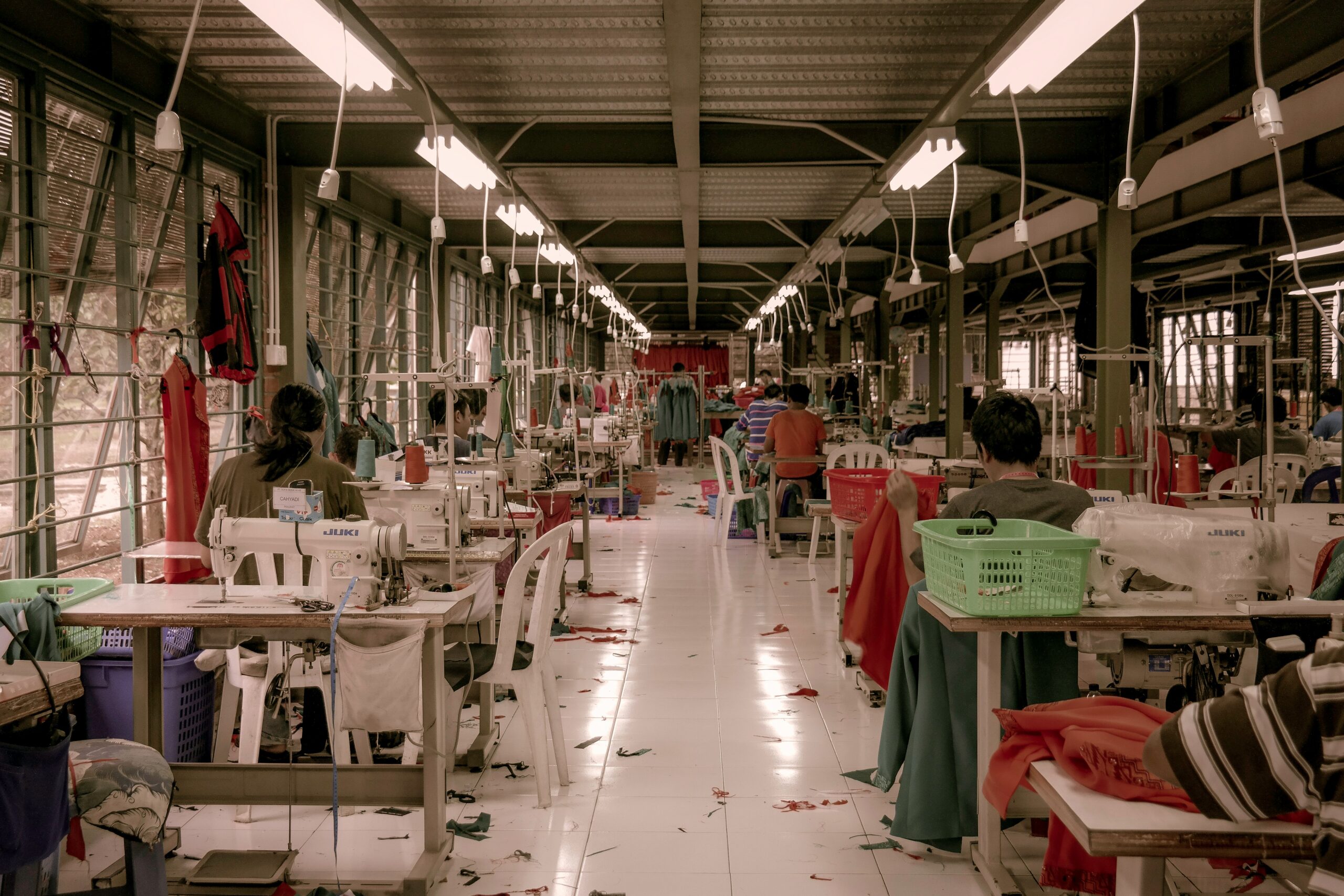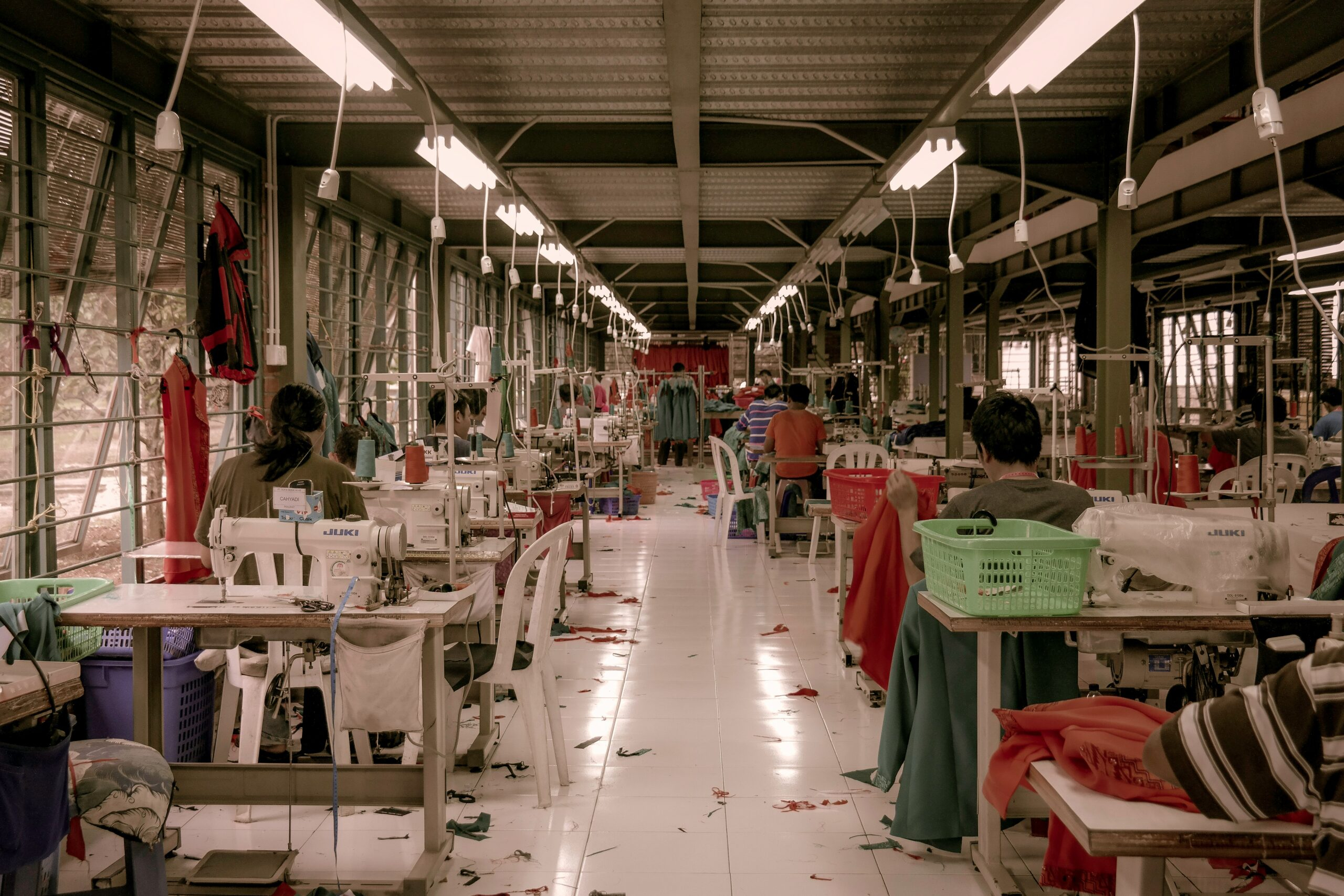Your cart is currently empty!

The Evolution of Fashion: Celebrating the Legendary Designers of Our Time

Iconic Designers Who Shaped the Fashion Industry
The fashion landscape has been indelibly marked by a number of iconic designers who have profoundly influenced the industry. Among these figures, Coco Chanel stands as a pioneer who redefined women’s fashion in the early 20th century. Her innovative approach included the introduction of the ‘little black dress’ and the use of jersey fabric, which revolutionized comfort in women’s attire. Chanel’s signature style emphasized simplicity and elegance, breaking away from the constraints of earlier Victorian designs, and her influence can be seen in today’s modern women’s wear.
Equally significant is Christian Dior, who emerged into the fashion scene post-World War II with his groundbreaking ‘New Look.’ This collection, marked by its voluminous skirts and nipped-in waistlines, not only celebrated femininity but also reinstated elegance in a period yearning for beauty and optimism. Dior’s aesthetic reset the standards of female beauty and influenced countless designers thereafter. His work marked a pivotal shift towards structured silhouettes, setting trends that would dominate the fashion world for decades.
Another groundbreaking figure is Giorgio Armani, known for redefining tailored men’s clothing and elevating the status of casual wear. His relaxed yet sophisticated ensembles, especially seen in the 1980s, showcased the art of draping and subtle color palettes. Armani’s designs highlighted the importance of tailoring, balancing functionality with style and leading to the broader acceptance of luxurious casual styles in both men’s and women’s wardrobes. His contributions have paved the way for numerous contemporary designers who continue to embrace the fusion of comfort and sophistication in their work.
These designers not only crafted memorable collections but also set timeless standards within the fashion industry. Their innovative techniques and philosophies have ultimately shaped modern trends, illustrating the enduring impact of their visionary contributions on both historical and contemporary fashion.
The Rise of Contemporary Designers
The landscape of fashion has significantly evolved in recent years, primarily influenced by a surge of contemporary designers who are reshaping industry norms. Among these influential figures are Alexander Wang, Stella McCartney, and Virgil Abloh, whose unique perspectives and dedication to modern issues are redefining what fashion can represent. These designers are not only showcasing their creativity but also pushing for a fashion industry that is inclusive, sustainable, and approachable.
Alexander Wang, known for his innovative and urban aesthetic, has carved a niche that resonates with a younger demographic. His designs, characterized by a casual sophistication, reflect the hustle of metropolitan life while challenging traditional fashion standards. Wang’s commitment to accessibility is evident in his price points and the relatable nature of his collections, allowing a broader audience to engage with his work.
Similarly, Stella McCartney has made significant strides by integrating sustainability into her design philosophy. An advocate for animal rights and environmentally friendly practices, McCartney has established a luxury fashion label that prioritizes ethical sourcing and material usage. Her collections embody a fusion of high fashion and eco-consciousness, illustrating that style can coexist with responsibility. This approach has made her a leading figure in promoting sustainability in the fashion industry.
Virgil Abloh, the visionary behind Off-White, embodies the intersection of streetwear and high fashion. His work often addresses societal narratives, making statements about race, inequality, and social culture. Abloh’s designs are not just garments; they are cultural commentary that resonates with the younger generation, bridging the gap between fashion and activism. His ability to contextualize fashion within contemporary discussions has significantly contributed to his popularity.
These contemporary designers are not only elevating fashion but are also ensuring that it evolves in line with current societal values. As they continue to break barriers, their influence extends beyond the runway, making fashion a more accessible, inclusive, and relevant aspect of modern life.
The Influence of Technology on Fashion Design
Advancements in technology have profoundly impacted the field of fashion design, ushering in a new era for both established and emerging designers. The incorporation of digital design tools has revolutionized the creative process, allowing designers to visualize their concepts with unprecedented precision. Software applications such as Adobe Illustrator and Clo3D enable fashion creators to render intricate garments, experiment with color palettes, and simulate fabric draping. This not only streamlines the design workflow but also enhances collaboration among teams, fostering a more dynamic and innovative approach to fashion creation.
Moreover, the emergence of 3D printing technology has fundamentally changed the way designers conceptualize and produce garments. This technology allows for the production of complex structures that would be difficult, if not impossible, to achieve through traditional manufacturing processes. Designers can create bespoke pieces tailored to specific measurements or even produce eco-friendly fashion by utilizing sustainable materials. As this technology becomes more accessible, it paves the way for a new generation of fashion creators to explore unique design possibilities, ultimately reshaping the industry landscape.
The role of social media cannot be underestimated in this digital age. Platforms like Instagram and TikTok have become vital tools for designers to showcase their work and connect with audiences around the globe. By leveraging these channels, fashion designers can engage with fans directly, garner immediate feedback, and cultivate a loyal following. This increased visibility not only aids in trendsetting but also empowers designers to launch their collections independently, reducing reliance on traditional marketing methods.
As technology continues to evolve, it will undoubtedly create new platforms for fashion designers to showcase their innovations. These developments are fundamentally transforming the way fashion is marketed and experienced, leading to a more interactive and accessible experience for consumers. Embracing technological advancements is essential for designers aiming to thrive in a constantly changing fashion landscape.
The Future of Fashion Design: Trends to Watch
The landscape of fashion design is constantly evolving, influenced by societal changes, technological advancements, and shifting consumer preferences. As we look to the future, various key trends are anticipated to shape the world of fashion, redefining its very essence. One significant trend is the increasing emphasis on sustainable and ethical practices. Designers are recognizing the importance of adopting eco-friendly materials and processes. This shift is driven not just by consumer demand for responsible products but also by a growing awareness of environmental concerns. As a result, fashion houses are expected to implement circular fashion models that prioritize recyclability and minimal waste.
Another notable trend on the horizon is the rise of virtual fashion spaces. With advancements in technology, the fashion industry is beginning to explore the potential of virtual and augmented reality. This innovation allows designers to create immersive experiences that blur the lines between the physical and digital worlds. Virtual fashion shows, online fitting rooms, and digital clothing collections are becoming increasingly relevant, especially as the pandemic has accelerated the shift toward online shopping and digital engagement.
The intermingling of art and fashion is also poised to continue. As creative boundaries converge, designers are collaborating with artists and exploring unique narratives that elevate their collections. This fusion allows for a more holistic expression of creativity, resulting in pieces that resonate deeply with consumers. Upcoming designers are adapting to these trends by developing innovative skills and staying ahead of the curve. They are harnessing social media platforms and market analytics to understand consumer behavior better. By doing so, they position themselves effectively within the rapidly changing fashion landscape, ensuring their designs address modern needs while reflecting artistry and sustainability.
Leave a Reply